-
 Bitcoin
Bitcoin $108,262.4325
-1.40% -
 Ethereum
Ethereum $2,518.2882
-2.94% -
 Tether USDt
Tether USDt $1.0003
-0.01% -
 XRP
XRP $2.2262
-1.71% -
 BNB
BNB $653.9254
-1.55% -
 Solana
Solana $148.1036
-3.11% -
 USDC
USDC $1.0000
0.01% -
 TRON
TRON $0.2829
-1.45% -
 Dogecoin
Dogecoin $0.1639
-4.82% -
 Cardano
Cardano $0.5742
-4.43% -
 Hyperliquid
Hyperliquid $38.9506
-3.95% -
 Sui
Sui $2.9040
-4.34% -
 Bitcoin Cash
Bitcoin Cash $484.8307
-2.62% -
 Chainlink
Chainlink $13.1971
-3.73% -
 UNUS SED LEO
UNUS SED LEO $9.0822
0.51% -
 Avalanche
Avalanche $17.8613
-4.01% -
 Stellar
Stellar $0.2385
-2.26% -
 Toncoin
Toncoin $2.7570
-3.88% -
 Shiba Inu
Shiba Inu $0.0...01145
-3.99% -
 Litecoin
Litecoin $86.9999
-2.43% -
 Hedera
Hedera $0.1538
-3.90% -
 Monero
Monero $313.7554
-2.03% -
 Polkadot
Polkadot $3.3681
-5.08% -
 Dai
Dai $1.0000
0.00% -
 Ethena USDe
Ethena USDe $1.0001
-0.01% -
 Bitget Token
Bitget Token $4.4401
-2.97% -
 Uniswap
Uniswap $6.9644
-8.41% -
 Pepe
Pepe $0.0...09666
-4.79% -
 Aave
Aave $266.5686
-5.04% -
 Pi
Pi $0.4713
-4.95%
Huobi contract stop loss and take profit setting
By setting up stop-loss and take-profit orders in Huobi, traders can automatically mitigate losses and lock in profits, ensuring their trades align with predefined risk parameters.
Nov 17, 2024 at 07:02 am

Huobi Contract Stop Loss and Take Profit Setting: A Comprehensive Guide
1. Understanding Stop Loss and Take Profit
- Stop Loss: A stop loss order is designed to automatically sell your cryptocurrency when it reaches a predetermined price level. This is to prevent further losses in the event of a market decline.
- Take Profit: A take profit order, on the contrary, is used to lock in profits by automatically selling your cryptocurrency when it reaches a specific target price level.
2. Setting a Stop Loss in Huobi
- Step 1: Open the Huobi Contract Trading Interface Log in to your Huobi account and navigate to the Contract Trading section.
- Step 2: Choose a Contract Select the perpetual contract or futures contract you want to trade.
- Step 3: Place an Order On the order placement page, switch to the "Advanced" tab and check the box labeled "Stop."
- Step 4: Set Stop Loss Price Enter the desired stop loss price. This should represent the level where you want to sell to limit potential losses.
- Step 5: Choose Trigger Type Huobi offers various trigger types for stop orders, such as "Last Price," "Mark Price," and "Index Price." Choose the one that best aligns with your trading strategy.
- Step 6: Adjust Quantity Specify the quantity of contracts to be sold when the stop loss is triggered.
- Step 7: Confirm Order Review your order details and click "Place Order" to confirm the stop loss setup.
3. Setting a Take Profit in Huobi
- Step 1: Access Contract Trading Interface Follow the same steps as outlined in Setting a Stop Loss to access the Contract Trading interface.
- Step 2: Select a Contract Choose the perpetual contract or futures contract you want to trade.
- Step 3: Place an Order Switch to the "Advanced" tab on the order placement page and check the box labeled "Take Profit."
- Step 4: Set Take Profit Price Enter the target price at which you want to automatically sell your cryptocurrency to secure profits.
- Step 5: Choose Trigger Type Similar to stop loss orders, Huobi offers different trigger types for take profit orders. Select the most appropriate one based on your trading strategy.
- Step 6: Adjust Quantity Specify the quantity of contracts to be sold when the take profit is triggered.
- Step 7: Confirm Order Review your order details and click "Place Order" to confirm the take profit setup.
4. Monitoring and Editing Stop Loss and Take Profit Orders
- Step 1: Access Order History To view, edit, or cancel your stop loss and take profit orders, go to the "Order History" section in the Contract Trading interface.
- Step 2: Find Contract Order Locate the order associated with the specific contract you placed the stop loss or take profit order for.
- Step 3: Edit or Cancel Order Click on the "Edit" button to modify the stop loss or take profit price, quantity, or trigger type. Click on the "Cancel" button to cancel the order if necessary.
5. Advanced Stop Loss and Take Profit Strategies
- Trailing Stop: A trailing stop is a dynamic stop loss that follows the market price. It ensures that you lock in profits as the market moves in your favor, while protecting against potential losses.
- O.C.O. Orders: O.C.O. (One-Cancels-the-Other) orders involve placing both a stop loss and take profit order simultaneously. If one order is triggered, the other is automatically canceled.
- Conditional Orders: Conditional orders allow you to set triggers for stop loss or take profit based on specific market conditions, such as reaching a certain price level or crossing a moving average.
- Using Indicators: Technical indicators can aid in determining appropriate stop loss and take profit levels. For instance, support and resistance levels, moving averages, or indicators like the Bollinger Bands can provide guidance.
- Managing Risk: It's crucial to carefully manage risk while using stop loss and take profit orders. Consider your trading strategy, risk tolerance, and the volatility of the underlying asset.
Disclaimer:info@kdj.com
The information provided is not trading advice. kdj.com does not assume any responsibility for any investments made based on the information provided in this article. Cryptocurrencies are highly volatile and it is highly recommended that you invest with caution after thorough research!
If you believe that the content used on this website infringes your copyright, please contact us immediately (info@kdj.com) and we will delete it promptly.
- Bitcoin's Pattern Break: Are HODLers the Key to the Next Surge?
- 2025-07-04 18:50:12
- Bitcoin Price, Trump's Bill, and the $150K Dream: A NYC Take
- 2025-07-04 19:50:12
- Ethereum, LILPEPE, and the July Bounce: Will Pepe Steal ETH's Thunder?
- 2025-07-04 19:10:12
- Binance Institutional Loans: Unlocking 4x Leverage and Zero Interest for Whales
- 2025-07-04 19:15:12
- Bitcoin Bull Run: Analysts Eye Peak in Late 2025?
- 2025-07-04 19:20:13
- Pepe Indicators, Bullish Forecast: Can the Meme Coin Rally?
- 2025-07-04 19:25:12
Related knowledge
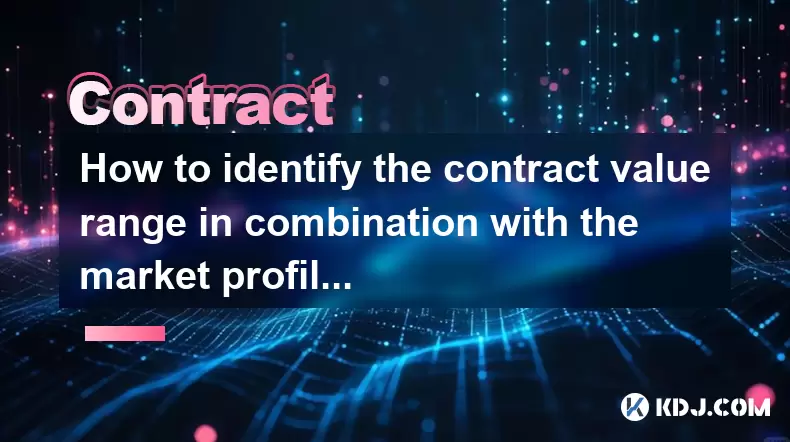
How to identify the contract value range in combination with the market profile?
Jul 02,2025 at 10:56pm
Understanding the Market ProfileTo effectively identify the contract value range in combination with the market profile, it's essential to first understand what each concept entails. The market profile is a framework that helps traders visualize how price and time interact across a given period, typically a trading day or session. It provides insights i...
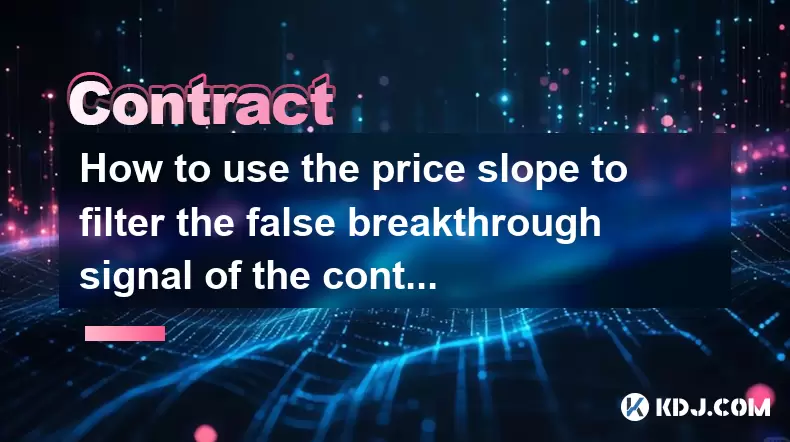
How to use the price slope to filter the false breakthrough signal of the contract?
Jun 20,2025 at 06:56pm
Understanding the Concept of Price Slope in Contract TradingIn contract trading, especially within cryptocurrency derivatives markets, price slope refers to the rate at which the price changes over a specific time period. It helps traders assess the strength and sustainability of a trend. A steep slope may indicate strong momentum, while a shallow slope...
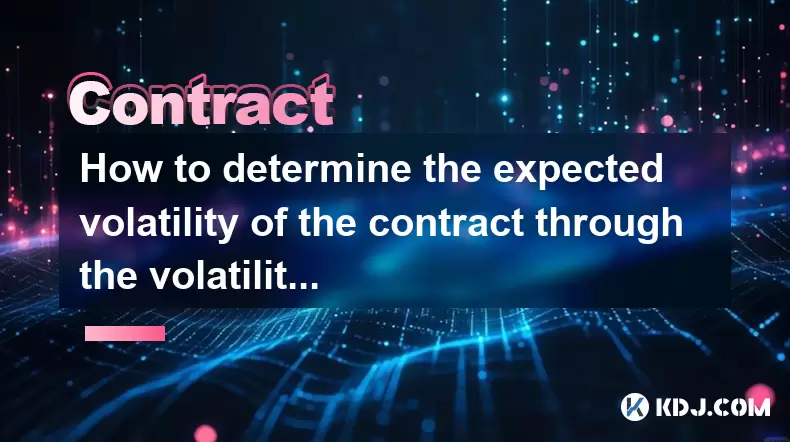
How to determine the expected volatility of the contract through the volatility cone?
Jun 19,2025 at 12:28pm
Understanding the Basics of Volatility in Cryptocurrency ContractsIn the realm of cryptocurrency trading, volatility is a key metric that traders use to assess potential risk and reward. When dealing with futures contracts, understanding how volatile an asset might become over time is crucial for position sizing, risk management, and strategy developmen...
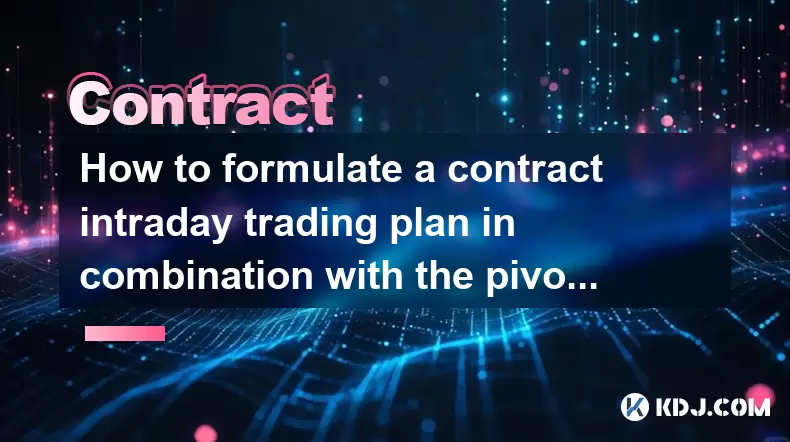
How to formulate a contract intraday trading plan in combination with the pivot point system?
Jun 21,2025 at 03:42pm
Understanding the Basics of Pivot Points in Cryptocurrency TradingPivot points are technical analysis tools used by traders to identify potential support and resistance levels. These levels are calculated using the previous day's high, low, and closing prices. In the context of cryptocurrency trading, where markets operate 24/7, pivot points help trader...
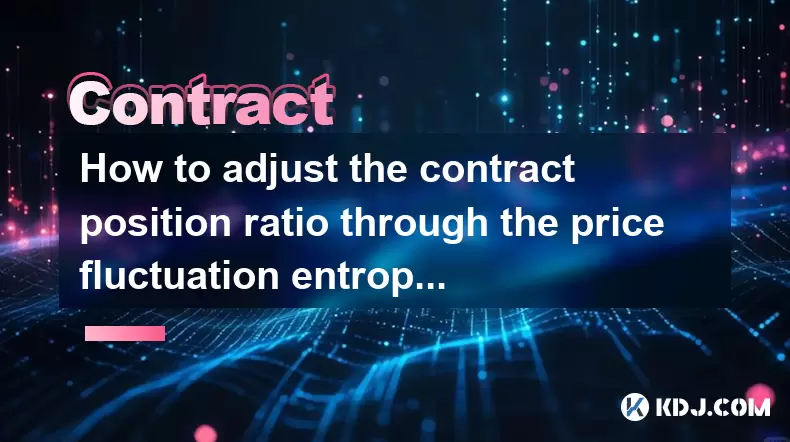
How to adjust the contract position ratio through the price fluctuation entropy?
Jun 22,2025 at 11:42am
Understanding Price Fluctuation Entropy in Cryptocurrency ContractsIn the world of cryptocurrency futures trading, price fluctuation entropy is a relatively new concept used to measure market volatility and uncertainty. It derives from information theory, where entropy refers to the degree of randomness or unpredictability in a system. In crypto contrac...
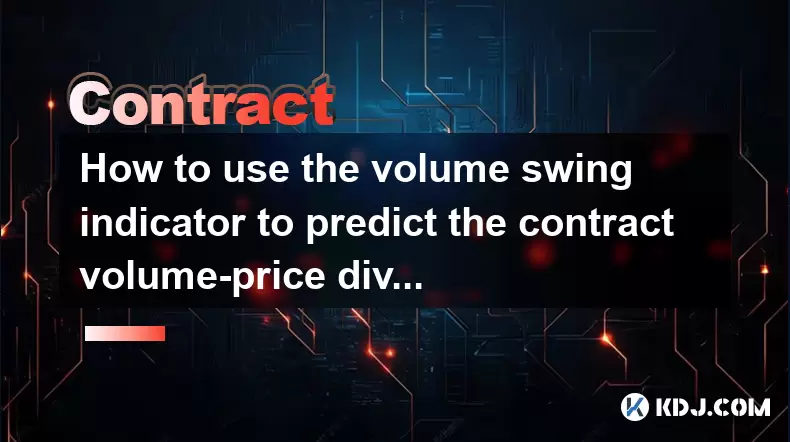
How to use the volume swing indicator to predict the contract volume-price divergence?
Jun 18,2025 at 11:42pm
Understanding the Volume Swing IndicatorThe volume swing indicator is a technical analysis tool used primarily in cryptocurrency trading to evaluate changes in volume over time. Unlike price-based indicators, this metric focuses solely on trading volume, which can provide early signals about potential market reversals or continuations. The key idea behi...

How to identify the contract value range in combination with the market profile?
Jul 02,2025 at 10:56pm
Understanding the Market ProfileTo effectively identify the contract value range in combination with the market profile, it's essential to first understand what each concept entails. The market profile is a framework that helps traders visualize how price and time interact across a given period, typically a trading day or session. It provides insights i...

How to use the price slope to filter the false breakthrough signal of the contract?
Jun 20,2025 at 06:56pm
Understanding the Concept of Price Slope in Contract TradingIn contract trading, especially within cryptocurrency derivatives markets, price slope refers to the rate at which the price changes over a specific time period. It helps traders assess the strength and sustainability of a trend. A steep slope may indicate strong momentum, while a shallow slope...

How to determine the expected volatility of the contract through the volatility cone?
Jun 19,2025 at 12:28pm
Understanding the Basics of Volatility in Cryptocurrency ContractsIn the realm of cryptocurrency trading, volatility is a key metric that traders use to assess potential risk and reward. When dealing with futures contracts, understanding how volatile an asset might become over time is crucial for position sizing, risk management, and strategy developmen...

How to formulate a contract intraday trading plan in combination with the pivot point system?
Jun 21,2025 at 03:42pm
Understanding the Basics of Pivot Points in Cryptocurrency TradingPivot points are technical analysis tools used by traders to identify potential support and resistance levels. These levels are calculated using the previous day's high, low, and closing prices. In the context of cryptocurrency trading, where markets operate 24/7, pivot points help trader...

How to adjust the contract position ratio through the price fluctuation entropy?
Jun 22,2025 at 11:42am
Understanding Price Fluctuation Entropy in Cryptocurrency ContractsIn the world of cryptocurrency futures trading, price fluctuation entropy is a relatively new concept used to measure market volatility and uncertainty. It derives from information theory, where entropy refers to the degree of randomness or unpredictability in a system. In crypto contrac...

How to use the volume swing indicator to predict the contract volume-price divergence?
Jun 18,2025 at 11:42pm
Understanding the Volume Swing IndicatorThe volume swing indicator is a technical analysis tool used primarily in cryptocurrency trading to evaluate changes in volume over time. Unlike price-based indicators, this metric focuses solely on trading volume, which can provide early signals about potential market reversals or continuations. The key idea behi...
See all articles

























































































